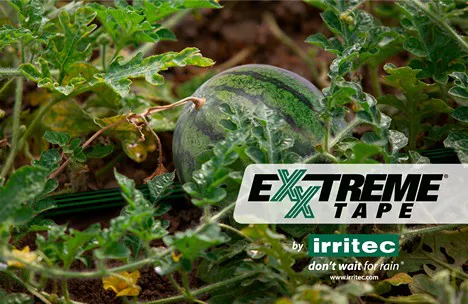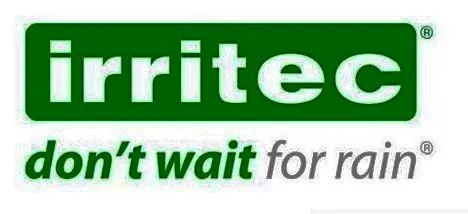The Italian watermelon season is proceeding and fruits are much appreciated at all latitudes. In Italy, watermelons are grown on over 15,000 hectares, especially southern (Puglia, Sicily and Campania) and central (Lazio) regions.

The minimum germination temperature is 15°C, meaning sowing is carried out between April and May with harvesting in full summer.
As early productions usually have a very high economic value, watermelons are often grown using forced techniques that employ mulching films or covering rows with with small polytunnels. The thermal effect of these covers during the first weeks means harvesting can start various days early. The most suitable soils for watermelon cultivation are deep sandy ones.
This summer fruit needs suitable irrigation and, due to the low rain levels during the growing season, providing water is almost always essential. The recommended method is drip irrigation due to its high efficiency and capability of distributing fertilizers uniformly, without wetting the fruits and leaves.
What is important during fertigation is for water salinity to never exceed 2thousand millisiemens per centimeter, so as to avoid flower damage or absorption difficulties. Excessive water salinity or bad management could cause the so-called 'hollow heart' phenomenon, were the central part of the fruit hollows and cracks.
Is there an optimal irrigation system? Yes. In order to irrigate watermelons, Irritec - among the global leaders in the precision irrigation sector - recommends using light drip lines of the P1 type, Irritec Tape and LayFlat pipes. What is more, to guarantee more uniformity, it is preferable to use 1-1.5 liter/hour drippers placed at a distance of 30-40 cm. Using larger diameters (22, 25 and 29 mm) at 1 bar enables the reaching of distances over 500 meters with the maximum uniformity.
Irritec recommends:
P1™ - High-quality pipe with turbulent-flow dripper designed for open-field irrigation. Easy to install and good resistance to occlusion. Available in various models capable of covering distances up to over 600 meters.
Layflat pipes and fittings - Flexible single-layer PVC pipe reinforced with a high-resistance fabric easy to handle and store. It facilitates end-of-season operations for irrigation systems that need swift and secure shifting. Light and flexible yet sturdy, it reduces both installation costs and recovery time. Easy to cut and equipped with a wide range of connections, it is essential for tomatoes. Available from 2.4 to 6 bar, in all diameters between 1 1/2" and 8".
Melat filters - Irritec metal filters are sturdy and resistant. They can manage a great variety of flows. Available as manual or automatic for applications on both canal and well waters.
Fertigation- Irritec injection systems are reliable and easy to use. They enable to inject fertilizers (liquid or diluted in water) at rates between 150 l/h and 1700 l/h (depending on the model).
For further information: 
Irritec S.p.a.
Via Gambitta Conforto, sn.
98071 - Capo d'Orlando (ME) Italy
+39 0941 922 300
giulia.giuffre@irritec.com
www.irritec.com
